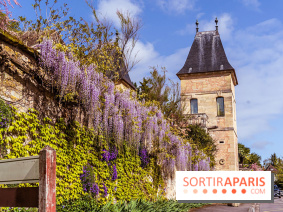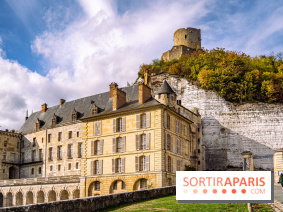Let's discover the Domaine du Trianon! Established on the site of the former village of Trianon, bought by Louis XIV in 1661, the Trianon estate was gradually extended and transformed until the end of the Ancien Régime. For a change from the glitz and glamour of Versailles, the Domaine de Trianon looks like a small village.
It originally comprised a single château, the Grand Trianon, built by Jules Hardouin-Mansart for LouisXIV in 1687. It was only between 1761 and 1768 that a second château, the Petit Trianon, was built by Ange-Jacques Gabriel for Louis XV. Queen Marie-Antoinette, a frequent visitor, later added a small fantasy village, Le Hameau, built by Richard Mique between 1783 and 1786.
This estate was once a place where kings could relax during the reigns of Louis XVI, Louis XV and Louis XVI. It enabled them to escape the court during the summer. It was also a place for festivities, with shows and dinners.
Under Napoleon 1st in 1810, the Trianon estate was created, differentiating it from the Château de Versailles. It was at this time that gates and palisades were built. A century later, it was reunited with Versailles in 1910.
While the Grand Trianon's gardens are rectilinear, in the French style, its architectural style breaks with the tradition of the three-storey château. Designed on a single level, with its pink Languedoc marble peristyle opening onto the gardens, and its interior wood panelling, it heralds the art of living of the 18th century. Louis XIV and his new wife, the Marquise de Maintenon, would visit for short stays.
Overlooking the Grand Canal, which Louis XIV liked to take by boat to Trianon, the French-style gardens were designed by Michel Le Bouteux, nephew of André Le Nôtre. Orderly and geometric, they were adorned with thousands of precious, fragrant plants: tulips, hyacinths, anemones, lilies, jasmines, daffodils, wallflowers...
These flowers were not planted in the ground, but buried in pots so that they could be changed every day, providing a lively, fragrant backdrop that perfectly complemented the architecture of the Grand Trianon, a veritable "palace of Flora" that opened onto the gardens.
The Marquise de Pompadour urged the King to close off the garden by building a new château, the Petit Trianon, which was designed by Ange-Jacques Gabriel between 1761 and 1768. After Madame de Pompadour's death in 1764, this cramped château was first occupied by the Countess Du Barry, the new favorite.
In 1774, King Louis XVI offered it to his wife Marie-Antoinette, who made it her private residence and completely transformed the gardens, creating an Anglo-Chinese-style garden from scratch, complete with grotto, waterfall and various fabriques, all designed by her architect Richard Mique.
Opposite the Petit Trianon, he built the Temple de l'Amour, an antique rotunda housing a replica by Louis-Philippe Mouchy of the sculpture L'Amour se taillant un arc dans la massue d'Hercule, which gives it its name.
Belvèdere and Théâtre de la Reine also saw the light of day.
But the highlight of my visit was the Hameau de la Reine, a village of ten rustic-looking houses inspired by Hubert Robert's paintings. Construction was completed in 1786. Although their facades are rather rustic, these houses nevertheless reveal richly decorated rooms. Please note that the Queen's House can only be visited on a guided tour.
Each factory, with the exception of the Marlborough Tower, has its own garden: the Moulin, the Maison de la Reine, the Maison du Garde... All are vegetable gardens, with the exception of the Dovecote garden, which is predominantly aromatic.
Two orchards, including one behind the Maison de la Reine, are home to the Hamlet's fruit tree plantations (apple, cherry, peach, plum, medlar, pear and quince).
A visit to the estate also gives you the chance to discover some admirable trees. From the French garden in front of the Château to the English garden at Trianon, the Versailles estate is dotted with extraordinary trees. Originally composed mainly of local lime and chestnut trees, Versailles' tree heritage has been enriched by the addition of rare species from faraway lands: cedar of Lebanon, tulip tree and juniper, Japanese sophora... Although some historic trees did not survive the storm of 1999, several of the most remarkable specimens did, and can still be admired today.
In short, the Château de Versailles isn't the only place to visit, and the Domaine du Trianon is a real treasure to be discovered. A special Domaine du Trianon ticket gives access to the estate, temporary exhibitions, gardens and park.
To discover:
The renovated Maison de la Reine at the Château de Versailles
The Maison de la Reine and the adjoining Réchauffoir, completely renovated and refurnished, open their doors to us from May 12, 2018. For the first time in 2 centuries, Marie-Antoinette's residence, which is located within the Parc du Petit Trianon in the grounds of the Château de Versailles, reveals itself to us. Refinement and dapper colors blend with the country and nature feel of the exterior, a visit that's both bucolic and historic and a must-do. [Read more]
The Admirable Trees of the Domaine de Versailles
The Palace of Versailles unveils a new walk to discover the "Admirable Trees" of the Versailles estate. These trees are full of history and are the living heritage of the estate. By their size, their beauty or their anecdotes, these subjects are a mine of discoveries. [Read more]
A visit to the Château de Versailles and its program
The Château de Versailles, its gardens and grounds, are a world heritage site. The official residence of the kings of France, the Château de Versailles holds the record as the largest château in the world, and of course the most visited in France. [Read more]
Dates and Opening Time
Starts May 17th, 2022
Location
Château du Petit Trianon
Château de Versailles
78000 Versailles
Prices
Billet domaine, parc et exposition temporaire: €12
Recommended age
For all
Official website
www.chateauversailles.fr
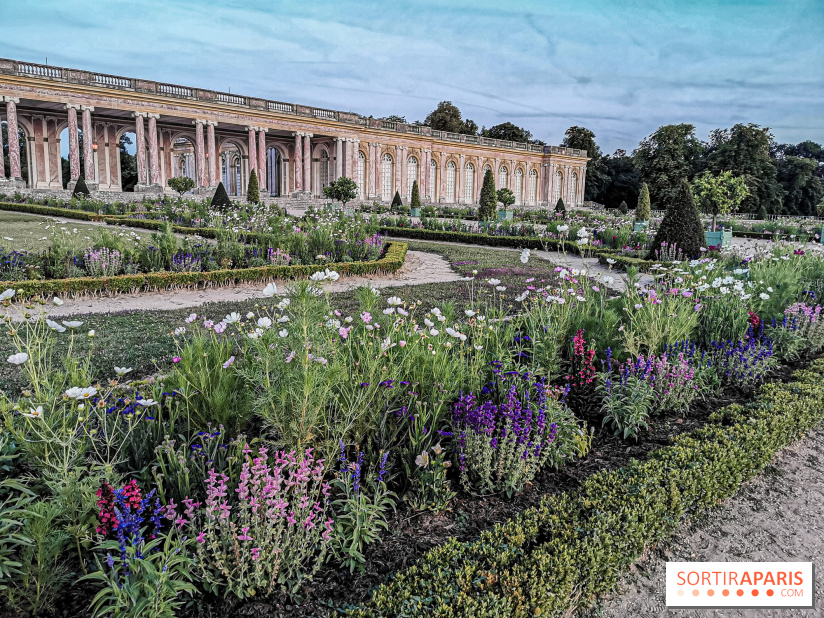



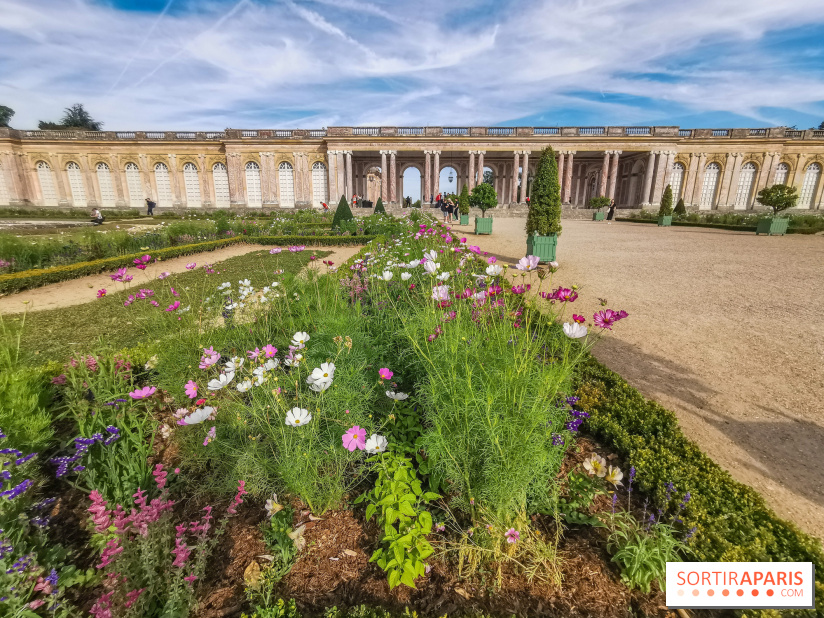



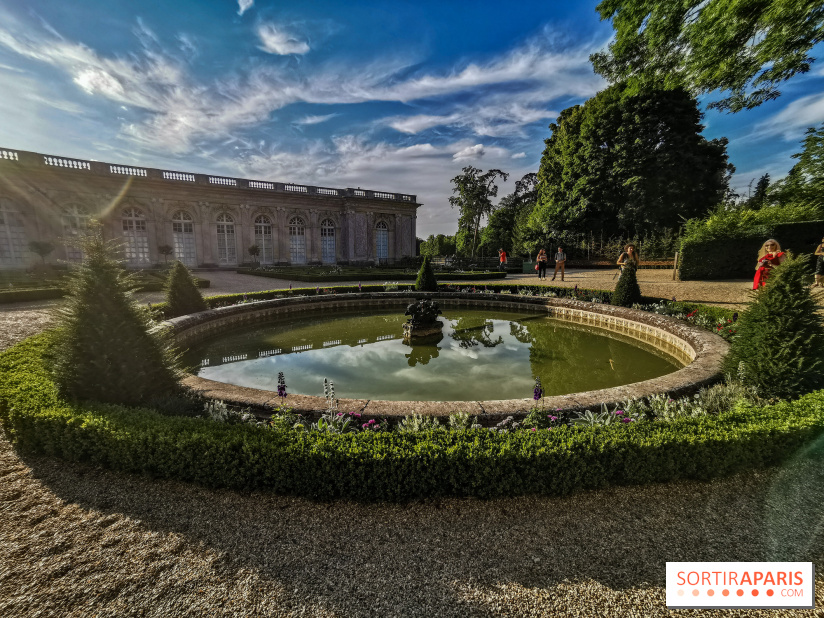



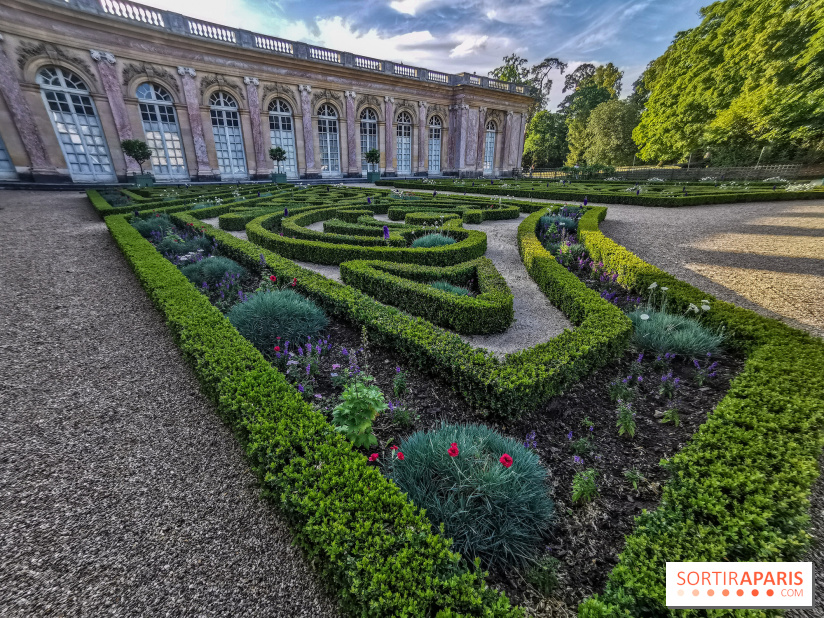



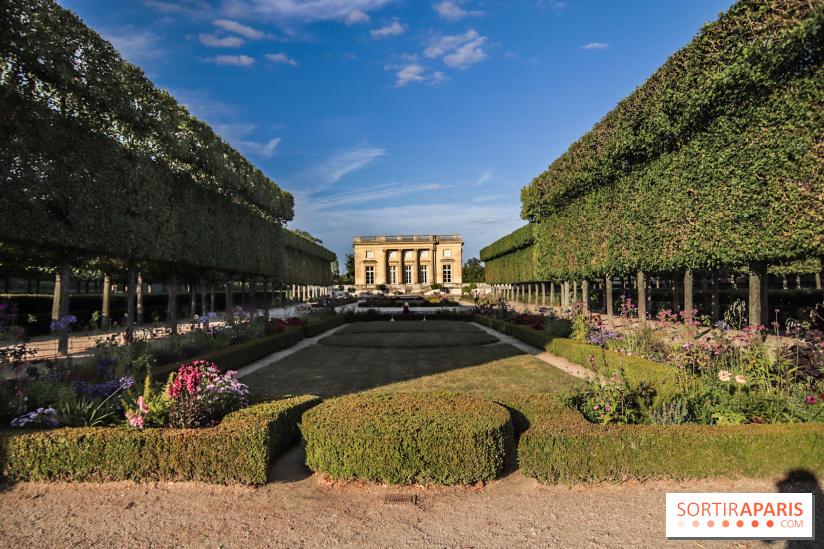



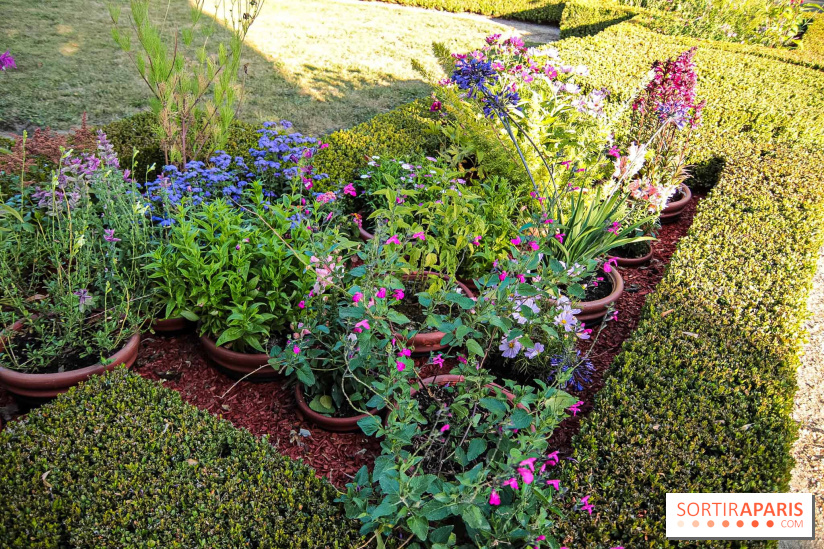



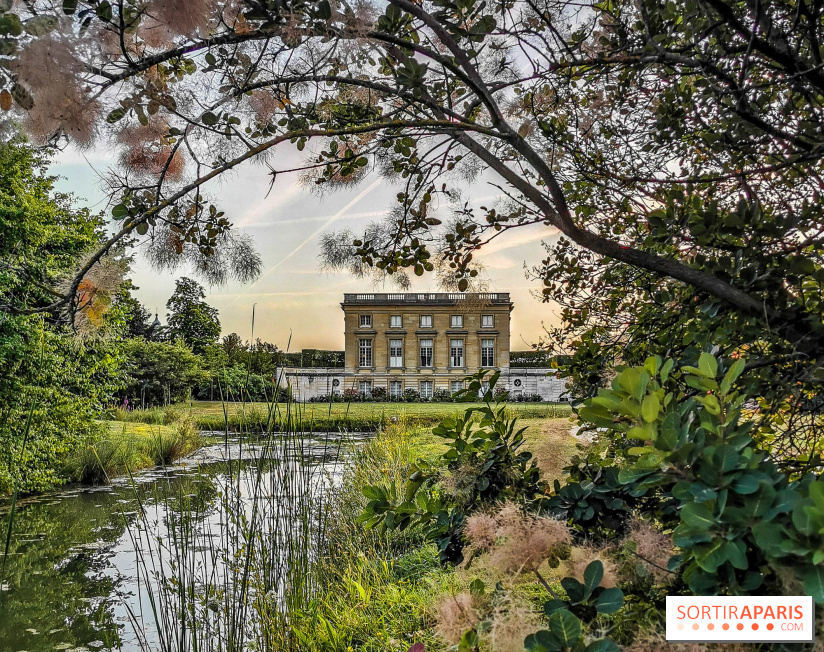



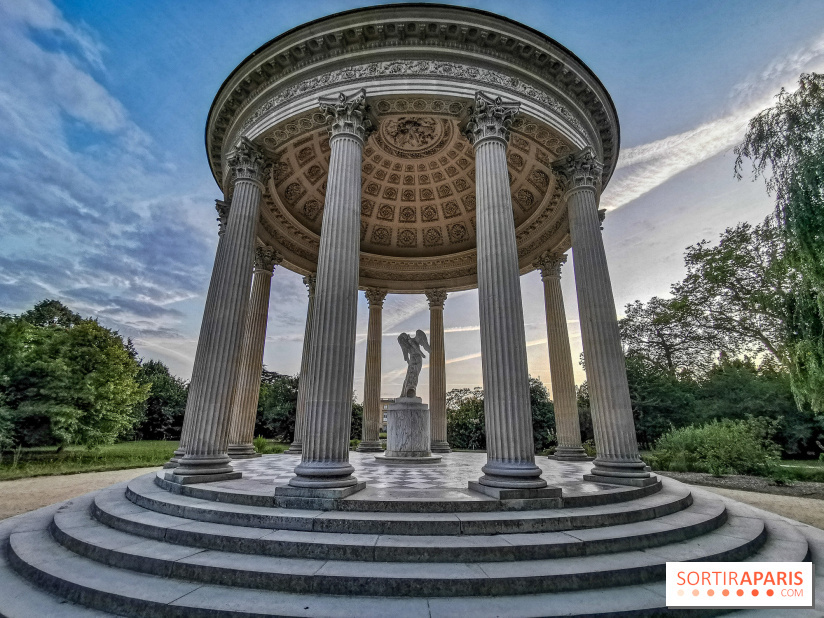



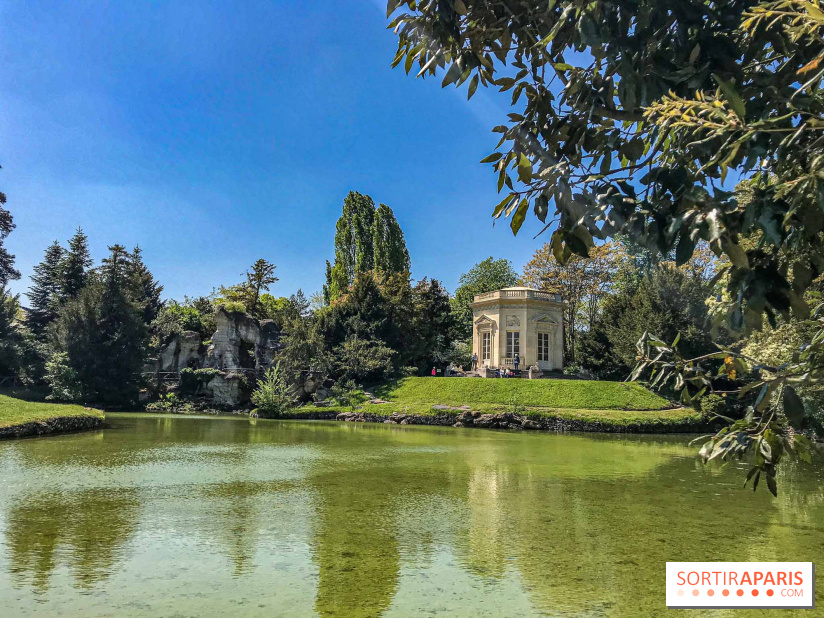



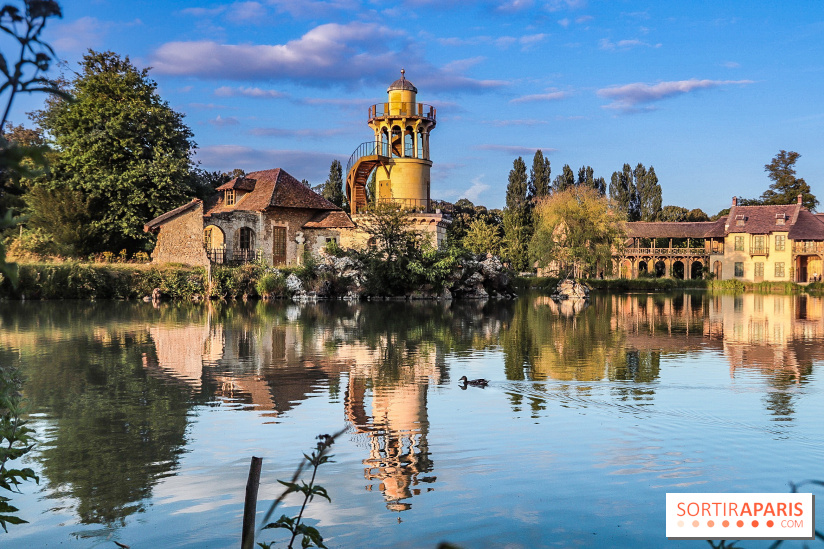



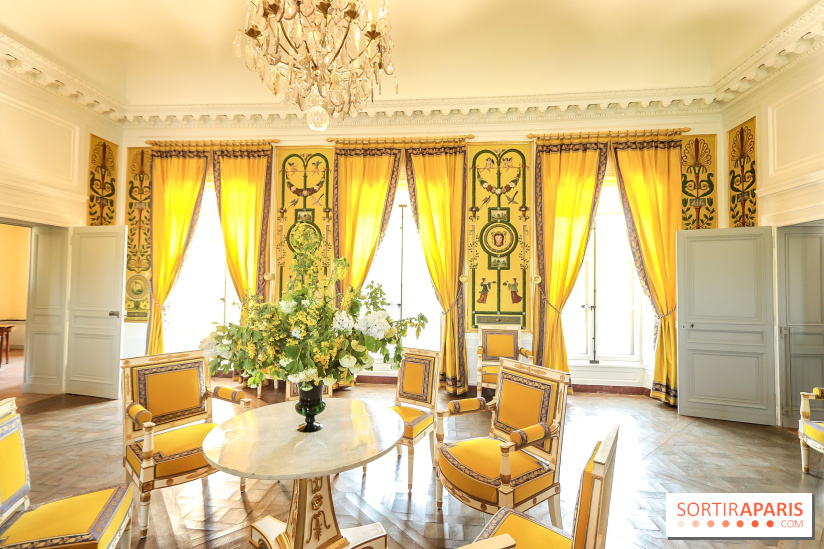



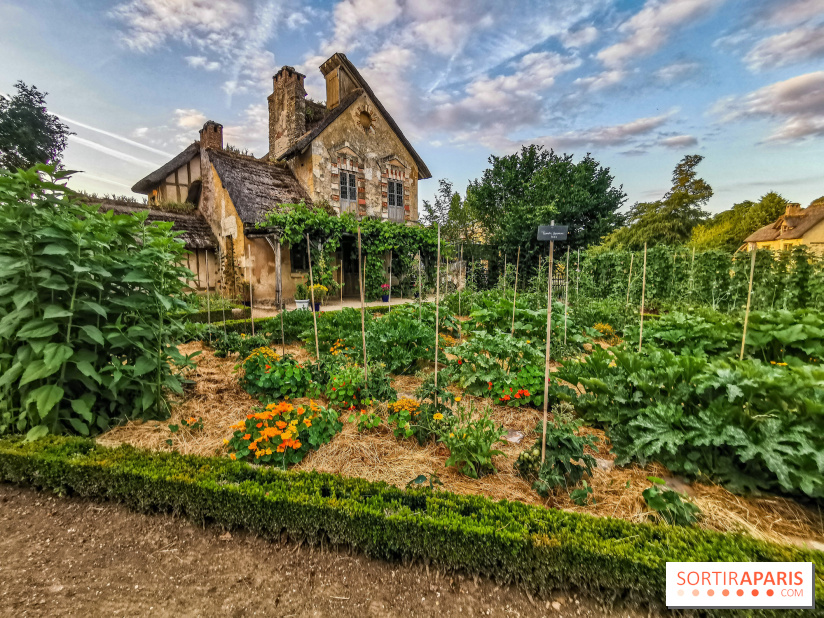



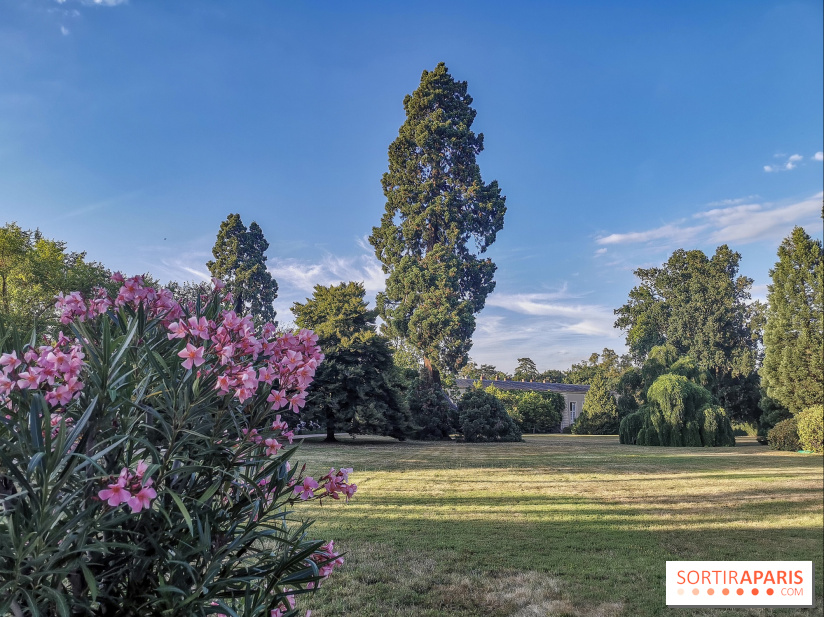



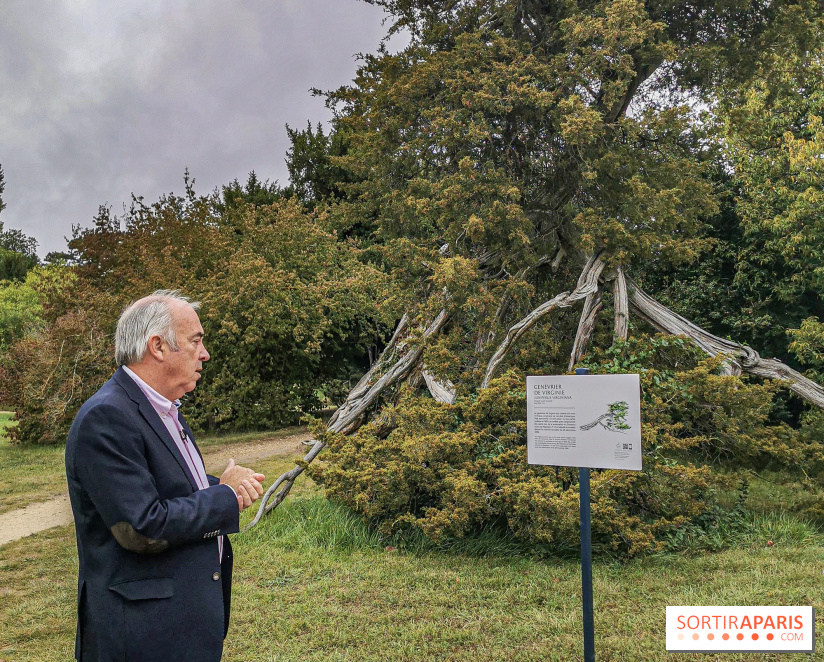



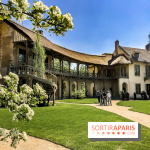


 The renovated Maison de la Reine at the Château de Versailles
The renovated Maison de la Reine at the Château de Versailles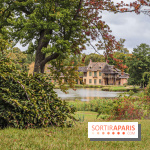


 The Admirable Trees of the Domaine de Versailles
The Admirable Trees of the Domaine de Versailles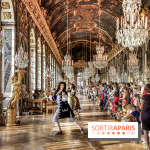


 A visit to the Château de Versailles and its program
A visit to the Château de Versailles and its program